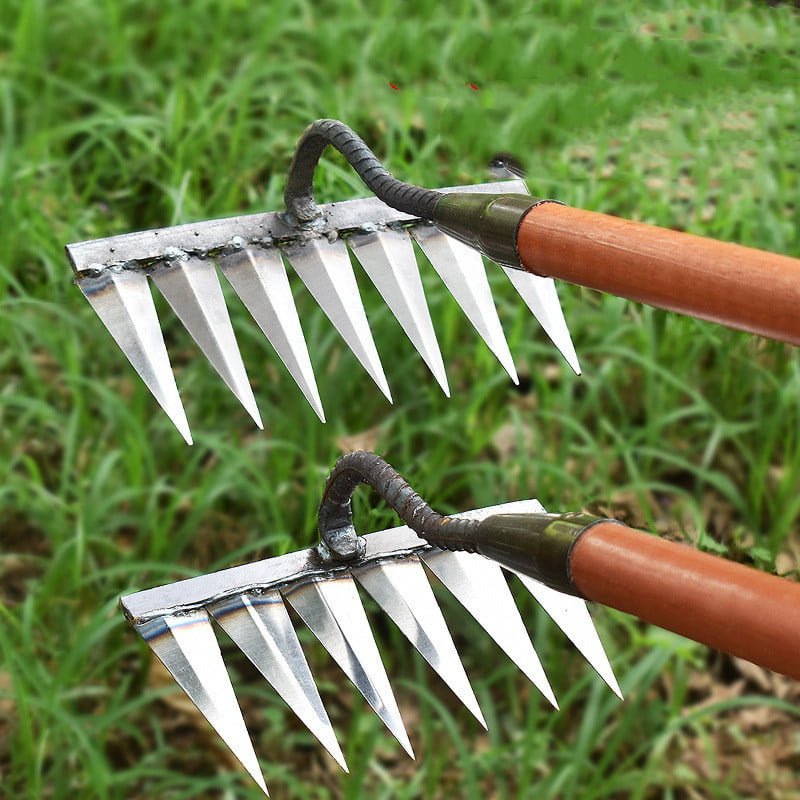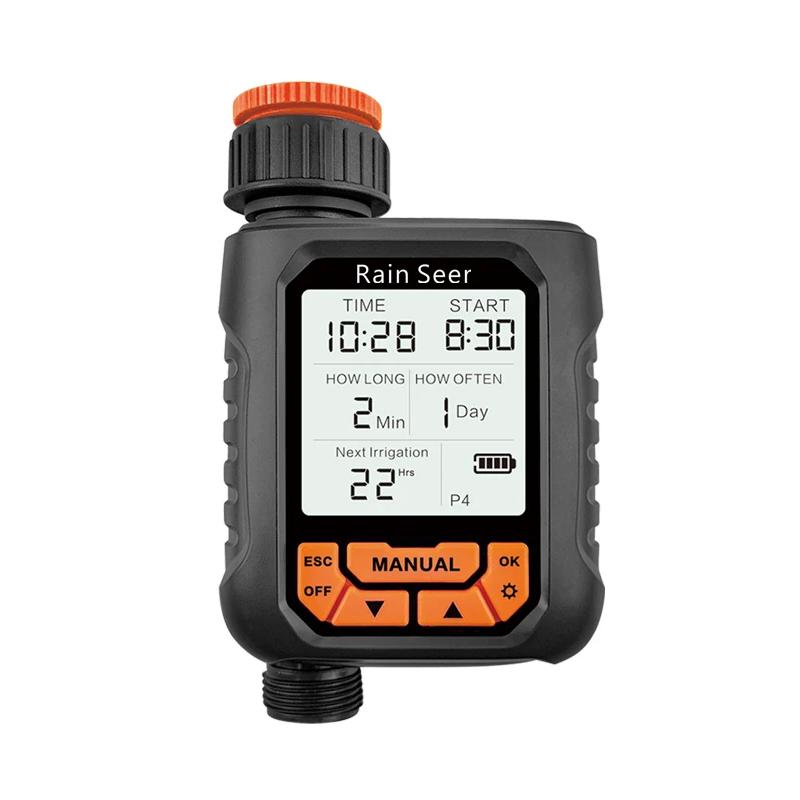How Can You Effectively Make Organic Compost at Home to Improve Soil Quality?
Effective Methods for Creating Organic Compost at Home to Enhance Soil Quality
Alright, let’s get down to business—making organic compost. It’s a game-changer for your garden and a win for the environment. Think of it as turning garbage into gold. Your plants will thrive, and you’ll cut down on waste. Ready to get your hands dirty? Let’s dive in.
Gathering Materials
First things first, you need the right materials. Think of this as your recipe for success. There are two main types of ingredients: green and brown.
Green materials:
- Fruit and vegetable scraps
- Grass clippings
- Coffee grounds
- Eggshells
Brown materials:
- Dried leaves
- Straw or hay
- Wood chips
- Cardboard or shredded paper
Aim for a 3:1 ratio of browns to greens. This balance speeds up decomposition.
Selecting a Compost Bin
You need a compost bin that suits your style—and your space. Here’s what you can look at:
- Store-bought bins: Durable plastic bins with ventilation.
- Homemade bins: Use pallets, wire mesh, or just a simple pile in your yard.
- Tumbler composters: Easy mixing and aeration.
Make sure your bin has good airflow and drainage. Oxygen fuels the decomposing action.
Layering for Success
Next step: layering. It’s like making lasagna for your garden.
Start with coarse brown materials on the bottom for airflow. Then alternate layers of greens and browns. Aim for a pile that’s about three feet high. The height helps generate the heat needed for decomposition.
Maintaining Your Compost Pile
Now, let’s keep this pile healthy. Here’s how:
- Turn the pile: Use a shovel to turn it every few weeks.
- Moisture: Keep it damp, like a wrung-out sponge.
- Temperature: Ideal range is 130°F to 160°F. Use a compost thermometer if you’ve got one.
Knowing When Your Compost is Ready
Patience, my friend. Compost can take a few months to a year. You’ll know it’s done when it’s dark brown, crumbly, and smells earthy. No recognizable scraps in sight.
Utilizing Your Compost
Now it’s time to put that black gold to work:
- Soil amendment: Mix it into garden beds.
- Top dressing: Spread it over your garden soil.
- Potting mix: Blend it with soil for container plants.
If you’re working with limited space, check out the Countertop Food Waste Recycler for Small Kitchens. It’s a 3-mode kitchen composter perfect for small spaces.
The Benefits of Using Compost for Sustainable Gardening
I know you’re totally on board with sustainable gardening. Compost is like a gym membership for your soil—that strengthens, tones, and keeps it healthy. Let’s break down how compost can supercharge your garden.
Enhancing Soil Health
Compost enriches the soil. It makes the dirt more crumbly and helps with:
- Water retention: Reduces the need for frequent watering.
- Increased aeration: Helps roots grow and prevents soil compaction.
- Nutrient availability: Provides essential nutrients for plants.
Boosting Plant Growth
Plants raised in compost thrive better. They grow stronger and resist pests and diseases:
- Stronger root systems: Improved nutrient uptake.
- Enhanced growth rates: Slow-release nutrients from compost.
- Improved flavor and quality: Tastier fruits and veggies.
Minimizing Waste
Compost reduces landfill waste and cuts greenhouse gas emissions. Food scraps and yard waste turn into valuable resources.
Promoting Biodiversity
Compost attracts beneficial organisms like earthworms and microbes. A diverse ecosystem means natural pest control and nutrient cycling.
Reducing Chemical Usage
Less need for synthetic fertilizers and pesticides. Benefits include:
- Healthier plants: Stronger, more resilient plants.
- Safer environment: Better for wildlife and water sources.
Improving Soil pH
Compost balances soil pH, ensuring nutrients are available to plants.
Common Mistakes to Avoid When Composting Organically
Whether you’re a rookie or a seasoned pro, mistakes can happen. That’s how you learn. Here’s how to dodge common composting pitfalls:
1. Ignoring the Balance of Green and Brown Materials
Get that 3:1 ratio right. Too much green creates a smelly pile; too much brown slows things down. Balance is key.
2. Overlooking the Importance of Aeration
Without oxygen, things get stinky. Turn your pile every few weeks to keep it fresh.
3. Throwing in Meat and Dairy
Skip the meat, dairy, and oily foods. They attract pests and smell foul.
4. Composting Weeds and Diseased Plants
Avoid adding weeds and diseased plants. Compost may not get hot enough to kill seeds or pathogens.
5. Making the Pile Too Small
Bigger is better—aim for at least 3×3 feet to generate enough heat.
6. Overwatering or Underwatering
Keep it moist but not soggy. Like a damp sponge.
7. Not Monitoring Temperature
The compost should hit 130-160°F. Use a thermometer to keep track.
8. Ignoring Timing
Be patient. Composting takes time—weeks to months.
9. Not Using a Diverse Range of Materials
Variety is the spice of compost. Mix different greens and browns.
10. Disregarding the Final Product
Use your compost! Spread it around your garden and watch your plants flourish.
The Role of Microorganisms in Composting and Soil Improvement
Microorganisms are the unsung heroes of composting. They break down organic matter into rich, nutrient-dense compost. Here’s how they play a vital role:
The Importance of Microorganisms
Bacteria, fungi, and protozoa are your A-team. Each has a role:
- Bacteria: Primary decomposers.
- Fungi: Break down tough materials like lignin.
- Protozoa: Control bacterial populations and release nutrients.
- Actinomycetes: Decompose complex compounds, giving compost that earthy smell.
Microbial Activity and Temperature
Temperature affects how well these microbes work. Mesophilic bacteria start the process, then thermophilic bacteria take over as things heat up. This kills pathogens and speeds up decomposition.
Nutrient Cycling and Soil Health
Microorganisms convert nutrients into plant-friendly forms. They enhance soil structure and fertility.
Enhancing Microbial Activity
To keep those microbes happy:
- Balance carbon and nitrogen.
- Maintain correct moisture.
- Ensure good aeration.
- Monitor temperature.
How to Maintain an Optimal Composting Environment for Best Results
Creating ideal conditions for composting is crucial. Here’s what you need to focus on:
Understanding the Ingredients
Balance greens and browns. Roughly 3 parts browns to 1 part greens.
Temperature Management
Keep compost between 130°F and 160°F. Adjust as needed to maintain this.
Maintaining Moisture Levels
A damp sponge texture is what you’re aiming for. Not too wet, not too dry.
Aeration Techniques
Turn your compost every few weeks to introduce oxygen. Layer materials to allow airflow.
Rotating Compost Bins
Consider a rotating bin for easy mixing and faster results. The Countertop Food Waste Recycler for Small Kitchens can be a game-changer if space is tight.
Time and Patience
Composting isn’t fast, but it’s worth it. Monitor regularly and be patient.
Regular Monitoring
Check temperature, moisture, and material condition. Adjust as needed.
Key Takeaways
- Balance green and brown materials.
- Turn and aerate your compost for best results.
- Keep the compost pile moist but not soggy.
- Monitor temperature to ensure effective decomposition.
- Use a variety of materials for a richer compost.
- Consider using a Countertop Food Waste Recycler for Small Kitchens for convenience in small spaces.
- Patience and regular monitoring are key to successful composting.
References
- NYC Food Scrap Drop-Off Locations
- ShareWaste
- Vermicomposting for Beginners – Rodale Institute
- Big Reuse
- OXO Good Grips Easy-Clean Compost Bin (Sur La Table)
- OXO Easy-Clean Compost Bin (OXO)
- Lomi Smart Waste Kitchen Composter (Lomi)
- Lomi Smart Waste Kitchen Composter (Wayfair)
FAQs
What materials can I use to make organic compost at home?
You can use a variety of materials, including kitchen scraps (vegetable peels, fruit cores, coffee grounds), yard waste (grass clippings, leaves, small branches), and other organic materials (eggshells, shredded paper, cardboard). Avoid meat, dairy, and oily foods, as they can attract pests.
How long does it take for compost to be ready for use?
Compost can take anywhere from 2 months to a year to mature, depending on the materials used, moisture levels, temperature, and how often you turn the pile. Regularly aerating the compost helps speed up the decomposition process.
What is the ideal ratio of green to brown materials for composting?
A good rule of thumb is to maintain a ratio of about 2:1 or 3:1 of brown materials (carbon-rich, like dried leaves and cardboard) to green materials (nitrogen-rich, like kitchen scraps and grass clippings). This balance helps create an effective composting environment.
How can I tell when my compost is ready to use?
Finished compost should be dark, crumbly, and have an earthy smell. It should no longer resemble the original materials used. If you can’t identify the individual components and it feels like rich soil, it’s ready to be added to your garden.
Can I compost in an apartment or a small space?
Yes! You can compost in small spaces using methods like vermicomposting (using worms) or bokashi composting (a fermentation process). There are also compact compost bins available that can fit on balconies or countertops, making it easy to compost even in urban settings.
Table of Contents
On Sale Now
-

Lucky Jinbao Decoration Hydroponic Vase
$46.92 – $60.55Select options This product has multiple variants. The options may be chosen on the product page -

Garden Tools: Durable Steel Six-Tooth Harrow for Weeding
$21.19 – $44.68Select options This product has multiple variants. The options may be chosen on the product page -

Simple Cat Iron Flower Hydroponic Vase
$24.97 – $125.65Select options This product has multiple variants. The options may be chosen on the product page -

Plant Watering Timer: Rain Seer Smart Irrigation System
$106.96 – $107.96Select options This product has multiple variants. The options may be chosen on the product page